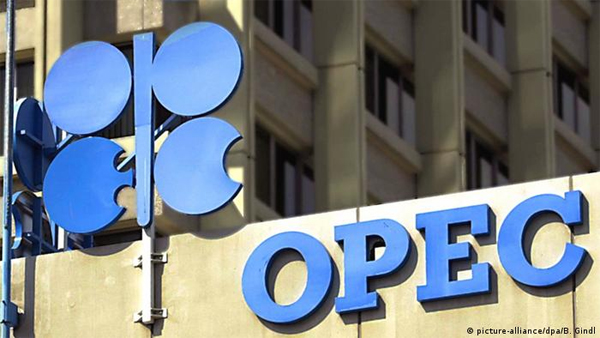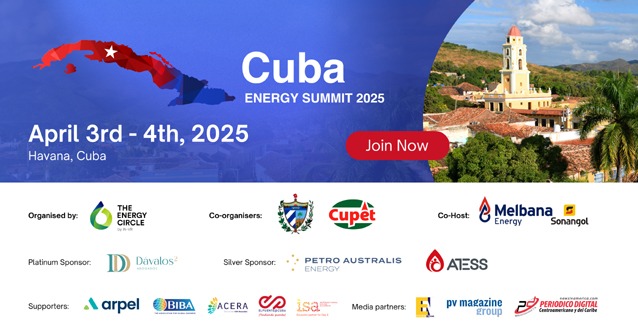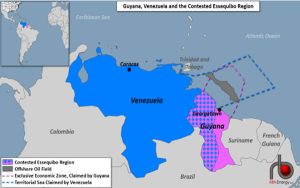
William Watts and Barbara Kollmeyer, MarketWatch
NEW YORK/MADRID
EnergiesNet.com 06 03 2022
Oil futures ended higher Thursday after U.S. crude inventories showed a much larger-than-expected drop and traders looked past a decision by OPEC+ to boost output by larger increments in July and August.
Price action
- West Texas Intermediate crude for July delivery CL.1, -0.50% CLN22, -0.49% rose $1.61, or 1.4%, to close at $116.87 a barrel on the New York Mercantile Exchange.
- July Brent crude BRNQ22, -0.44% gained $1.32, or 1.1%, to settle at $117.61 a barrel on ICE Futures Europe.
- July gasoline RB00, 0.27% jumped 2.9% to end at a record $4.1909 a gallon.
- July heating oil HO00, 0.85% advanced 1.6% to $4.2084 a gallon.
- July natural gas rose NGN22, -1.69% fell 2.43% to close at $8.485 per million British thermal units.
Market drivers
OPEC+ agreed to raise its production target by 648,000 barrels a day in July and August, compared with the 432,000 barrel-a-day monthly rises that it has implemented since last year.
Concerns over supply remain, however, given OPEC+’s difficulties in meeting earlier production increases, analysts noted.
“Fortunately for the bull camp, OPEC+ has consistently underproduced relative to the OPEC+ production agreement,” while Indian oil output hit a 28-year low in its just completed fiscal year, noted analysts at Zaner. “With the net supply-side takeaway still bullish, demand views improved by the opening of Shanghai, less equity market anxiety, and a record Asian crude oil import tally last month, the markets should be able to find support relatively soon.”
Earlier Thursday, oil prices had dropped sharply after Financial Times reported that Saudi Arabia had told Western allies that it would raise production if it becomes apparent that global supply is facing a big drop in Russian output due to sanctions over its invasion of Ukraine.
Hitting oil prices earlier this week was a report in The Wall Street Journal that some members of the group exempting Russia from its production targets. Russia remained part of the production agreement after Thursday’s meeting.
The White House welcomed the OPEC+ decision.
“We recognize the role of Saudi Arabia as the chair of OPEC+ and its largest producer in achieving this consensus amongst the group members,” said White House Press Secretary Karine Jean-Pierre, in a statement. “We also recognize efforts and positive contributions of U.A.E. (United Arab Emirates), Kuwait, and Iraq. The United States will continue to use all tools at our disposal to address energy prices pressures.”
Separately, the Associated Press reported that President Joe Biden was considering a face-to-face meeting with de facto Saudi ruler Prince Mohammed bin Salman. Biden denounced the Saudi royal family in 2019 after the 2018 killing and dismemberment of U.S.-based journalist Jamal Khashoggi,
Read: Will OPEC+ fill the gap as Russian oil output falls? Don’t count on it.
Meanwhile, oil found some support in late morning trade after the Energy Information Administration said U.S. crude inventories fell 5.1 million barrels in the week ended May 27, while gasoline supplies dropped 700,000 barrels and distillate stocks declined by 500,000 barrels.
“A combination of stronger exports and weaker imports has encouraged a solid crude inventory draw, despite a 5.4 million-barrel transfer from the SPR (Strategic Petroleum Reserve) into commercial inventories. Strong exports were encouraged by a pickup in flows bound for Europe,” said Matt Smith, lead oil analyst, Americas, at Kpler.
Gasoline inventories, meanwhile, showed a draw as implied demand kicked higher, Smith said, while implied demand for distillates also picked up.
Analysts and traders surveyed by The Wall Street Journal had forecast U.S. oil inventories to decline by 500,000 barrels. Gasoline stockpiles were expected to decrease by 100,000 barrels from the previous week, while distillate inventories were expected to rise by 800,000 barrels.
The American Petroleum Institute, an industry group, said late Wednesday that its weekly data showed a 1.2-million-barrel drop in crude supplies, a 256,000-barrel fall in gasoline stocks and an 858,000-barrel increase in distillate inventories, according to a source.
The EIA also reported that natural gas in storage rose by 90 billion cubic feet last week. Analysts surveyed by S&P Global Commodity Insights had forecast an injection of 78 billion cubic feet.
marketwatch.com 06 02 2022












